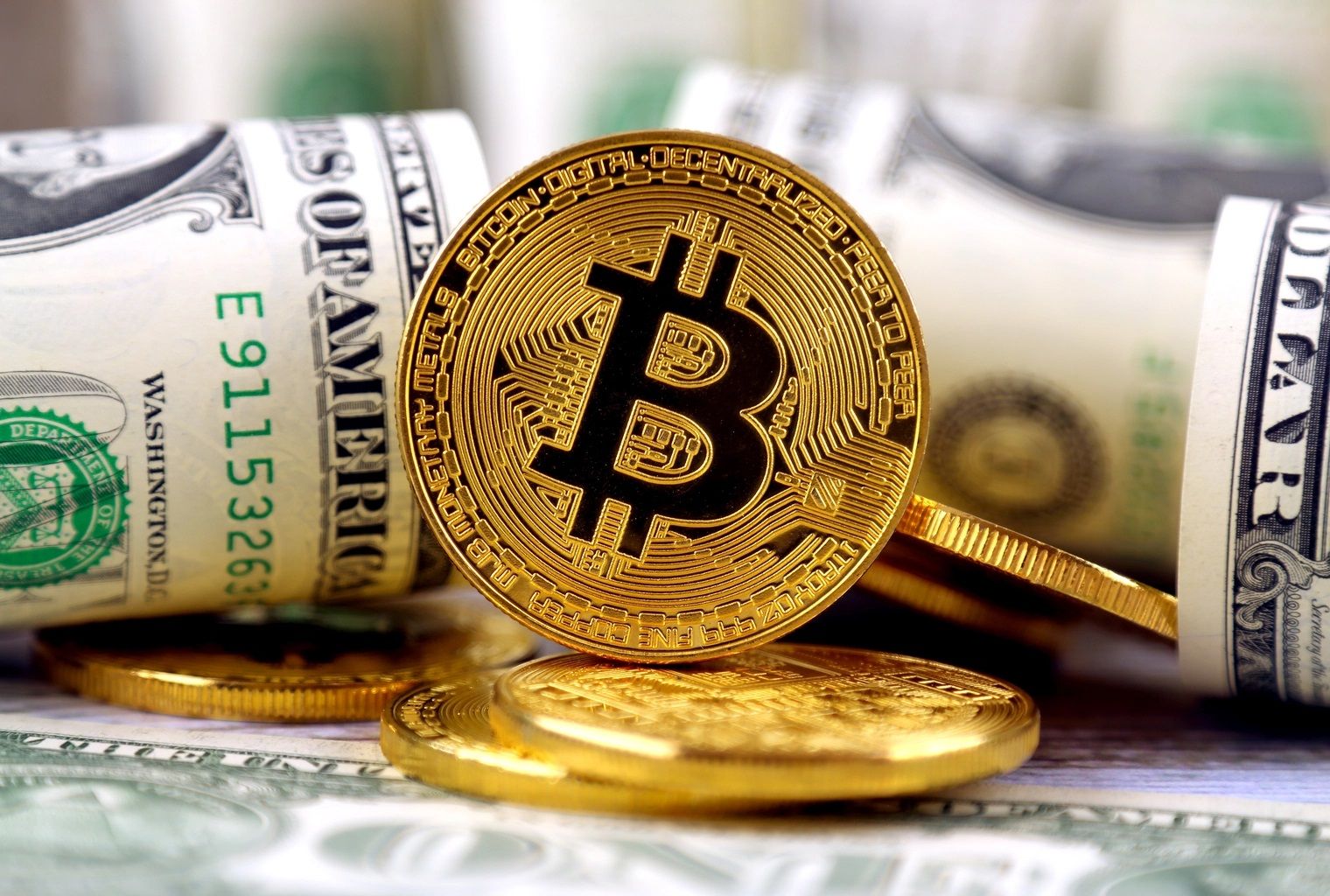FXOpen

During the past few weeks, the US Dollar has been surprisingly strong against many western majors, notably the Euro and British Pound, despite the American and European economies facing very similar obstacles over the past two years.
This has been a particularly interesting dynamic, especially as the inflation levels among European Union member states, the United Kingdom and the United States are at levels not seen since the 1980s, and the geopolitical circumstances foist upon the citizens are similar.
The US Dollar also lost part of its status as a settlement instrument for global oil and gas purchasing a few months ago when the Russian government rolled out a new policy that ensures all Western buyers of oil and gas from Russia settle their deliveries in Rubles.
Despite all of this, the US Dollar has been performing well against its major peers, and perhaps more interestingly, against Bitcoin, too.
Last year, analysts in Wall Street predicted that the Bitcoin would go to $150,000 in value over the 'next few months'. This has not happened and in reality, Bitcoin' inverse correlation with the US Dollar actually hit a 17-month high yesterday.
It is unusual for analysts within Tier 1 banks in Wall Street to make incorrect predictions. They were right about the oil prices, afterall, when many analysts said in the summer of 2021 that Brent Crude would go to $80 per barrel by the autumn, as that is exactly what happened.
However, when it comes to Bitcoin, things have been less predictable, even by experts who have the credibility of a Tier 1 investment bank to uphold.
Bitcoin's current relatively low value has become a sustained circumstance, and now, market analysts are starting to comment that the US Dollar rally may either stll or correct by the end of 2022 against its fiat currency peers, which in turn may benefit Bitcoin.
This goes some way toward suggesting that Bitcoin is now almost behaving like an established currency in that its movements are less volatile than previously and than some altcoins, and that its future performance is being viewed via the same lens as the future performance of other major fiat currencies against the US dollar.
Importantly, the weekly correlation coefficient between Bitcoin and the US Dollar dropped to 0.77 below zero in the week ending July 3, its lowest in seventeen months.
It appears that investors are more confident in the performance of stock market indices than currencies during a time at which the central banks of Europe and the United States are engaged in interest rate increases as attempts to curb inflation.
The Federal Reserve Bank has invoked a series of rate hikes, as have the Bank of England and even the European Central Bank recently which invoked its first rate hike for several years.
Therefore, the currency market is in focus, and Bitcoin has lost 60% of its value so far in 2022, whereas the NASDAQ composite index, which is the home of many publicly listed technology companies, has only declined in returns by 29% over the same period.
As far as measuring the US Dollar against other currencies is concerned, the US Dollar is in a very good position as the US dollar index (DXY), which is a metric that measures its strength against a basket of top foreign currencies, has been recently consistent around its January 2003 highs of 105.78.
The fervent influx of new Bitcoin investors who took to the cryptocurrency market in 2021 after Elon Musk's famous tweet which collapsed the value of 5 popular cryptocurrencies by almost a trillion dollars has subsided. These were analytical investors who 'bought the dip' realizing that soon it would correct, and it did, soon after Elon Musk put out another tweet saying that the environmental factors he had previously cited had been resolved.
This level of volatility has not been experienced this year, and there are even market pundits saying that Bitcoin may have 'bottomed out', with one on-chain indicator predicting that Bitcoin could go to $15,600 as a low point this year.
It is an interesting time, and the fiat currency volatility, especially that of the US Dollar, and the tinderbox situation of many western economies plus the stagnancy of Bitcoin is a conundrum of a different nature to that of just a year ago.
This article represents the opinion of the Companies operating under the FXOpen brand only. It is not to be construed as an offer, solicitation, or recommendation with respect to products and services provided by the Companies operating under the FXOpen brand, nor is it to be considered financial advice.
Stay ahead of the market!
Subscribe now to our mailing list and receive the latest market news and insights delivered directly to your inbox.








